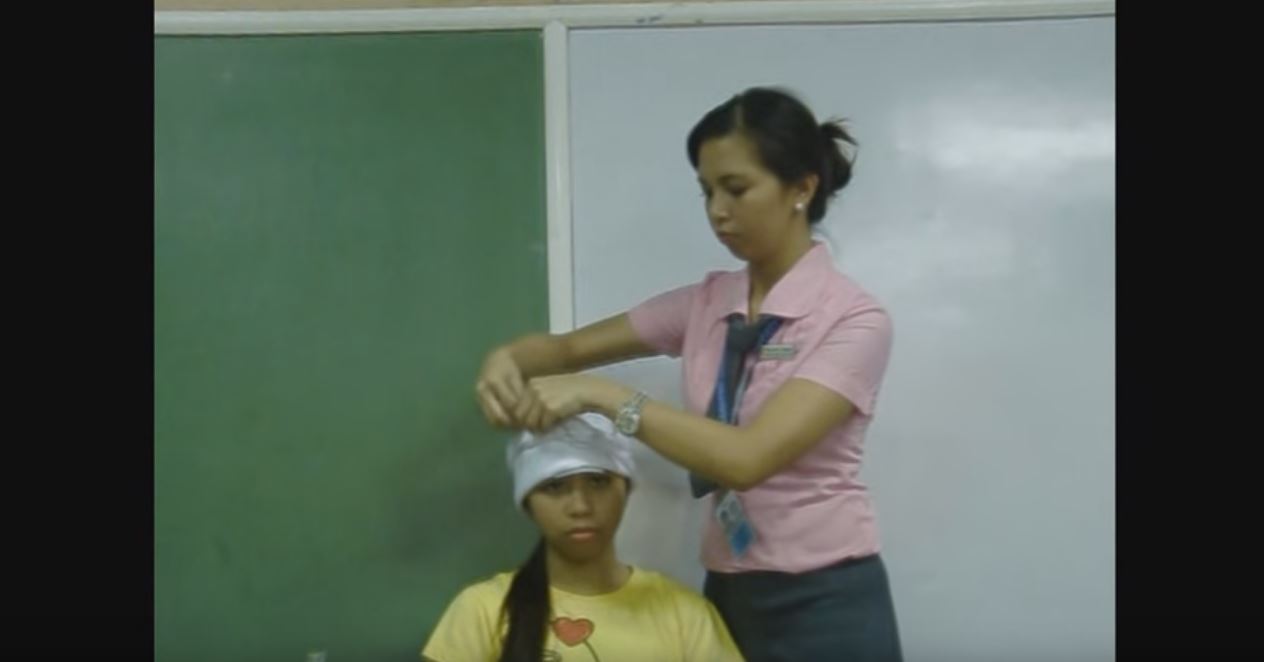
First Aid Bandaging
September 5, 2016
University of Washington Population Health Initiative receives transformative gift from the Bill & Melinda Gates Foundation
October 27, 2016First Aid : Treating Cuts, Scrapes and Lacerations
General First Aid Principles:
– Clean the wound, cover it with a bandage and try stopping the bleeding;
– Hold high as possible, the affected area;
– It prevents interruption of traffic;
– They carry the baby at the clinic or hospital.
Mild, superficial cuts:
– Clean the wound with water, possibly with hydrogen peroxide which is designed to remove small foreign bodies or dirt in depth;
– Help your tweezers to pull out the pieces of glass or gravel, for example.
– Apply a local disinfectant, then using a sterile dressings (do not use cotton, that is falling apart and sticks to the wound).
– The edges of the open cut must be close together before covering the wound with a bandage or compress. Apply a bandage until it forms a crust. Then allow the wound to heal outdoors. Do not put fatty substances (ointments) into the wound.
Deep,severe cuts:
Cover the wound and stop the bleeding!
– If the cut is great and should be treated by a doctor, the person providing assistance to clean the wound and apply a clean bandage then. Usually covered with a sterile compress. It is important that no one inside the dressing fingers touch. Blood, dirt, fragments of foreign body is not removed because it can cause bleeding and more, increasing the danger of infection.
– As bandage, bandage use. The patches must be applied solid and secure but not too tight so as not to jeopardize circulation.
– Place or supportive bandage over the cut, depending on the type of wound.
– Prevent disruption by stopping bleeding, lying down on your back with legs raised child, because a greater amount of blood to flow from the legs to the body’s vital organs.
– Transport the injured child to the hospital!
Bandaging – general
– Before applying a bandage, you should know that it’s function. Many people only apply bandage to cover the wound of an unpleasant appearance. A bandage has the following functions:
– Protect against infections: the bandage on the wound;
– Stopping bleeding bandages compression;
– Protecting cuts bandages supportive.
The bandage for wounds / cuts:
– It consists of two parts: one indoor and one outdoor. The bandage must be clean inside and cover the entire surface of the cut, to protect it from contamination.
– Sterile compresses are good, especially the inner bandages.
– In emergencies, you can use a clean handkerchief. A simple compress, fixed with a roll of gauze bandage is used routinely.
– An outer bandage works as an interior support bandages. As well you can use an elastic band or an elastic bandage.
Bandages for deep cuts that produces a serious hemorrhage
– Cover the cut with clean bandages. Place an object to exert pressure (stone, a piece of wood) on the bandage over the wound. Make the dressing using a circular cover.
– Place the baby in an upright position. Please bandage. In case of bleeding, a bandage is placed outside a bandage. The external rim is not necessarily required to be sterile.
Bandages for support:
– This bandage must protect the affected area of external trauma (eg. A fractured hand). This will reduce the pain and complications. An elastic band is highly functional as supportive bandage.
– A hand wound is applying a compress bandage on his hand and a roll in hand.
– The hand is supported by placing the forearm in a scarf. The arm must be lifted in a diagonal position.
